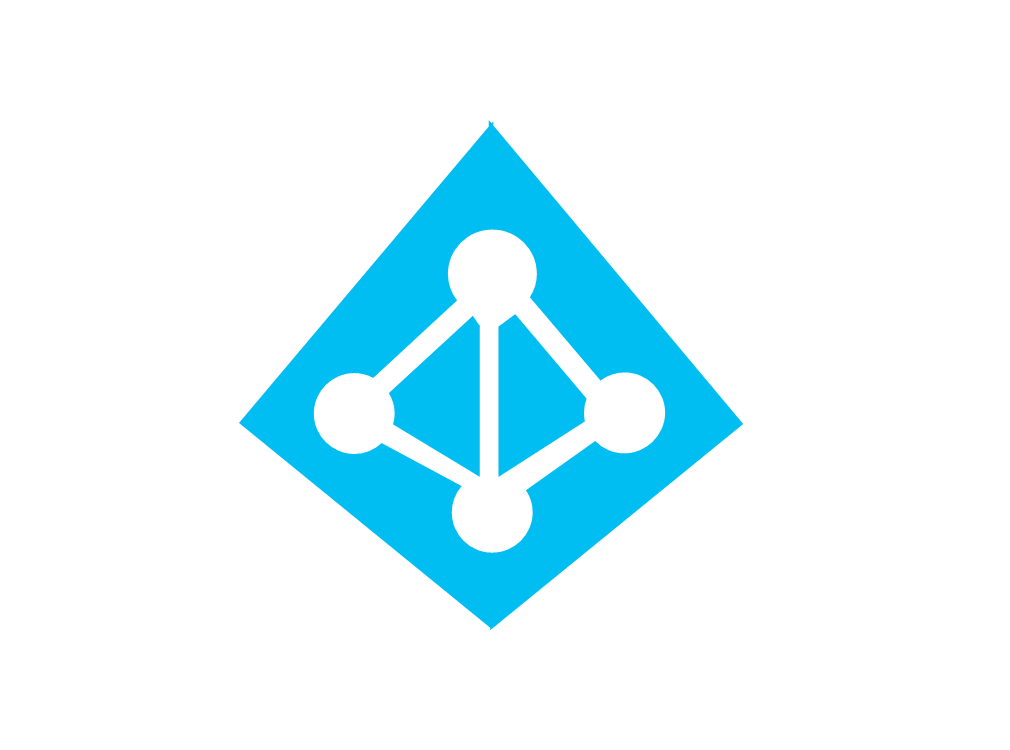Azure Privileged Identity Management
In today’s digital era, fortifying your organization against an array of cybersecurity adversities is crucial. Microsoft Azure’s Privileged Identity Management (PIM) emerges as a robust tool within Azure’s security framework, playing a critical role in managing and securing administrative resources.
Azure’s Privileged Identity Management (PIM) epitomizes a cornerstone service, orchestrating the control and management of access within your Azure AD (Active Directory) and Azure resources. PIM significantly mitigates risks tied to privileged access by offering just-in-time privileged access, ensuring users obtain elevated access only when crucial, and for a designated period.
Prerequisites:
To pave the way for PIM’s deployment, acquainting with the licensing prerequisites is essential:
1. Azure AD Premium P2 License: Embark on the PIM journey with an Azure AD Premium P2 license, your key to unlocking PIM’s full feature suite.
2. Privileged Role Administrator Role: Assign the Privileged Role Administrator role in Azure AD to designated users for managing PIM.
Core Advantages of PIM:
Here’s a blueprint of how PIM can fortify your organization’s security edifice:
1. Just-In-Time Access: By provision of temporary elevated access, PIM’s Just-In-Time (JIT) access narrows down the attack surface, mitigating the possibility of exploitation by malevolent actors.
2. Access Reviews: Undertake regular access reviews to ascertain that only the requisite personnel hold privileged access, fostering a secure and lean access milieu.
3. Multi-Factor Authentication (MFA): Mandate Multi-Factor Authentication for privileged accounts, introducing an additional security tier beyond mere password safeguards.
4. Audit Trails and Alerts: With exhaustive audit trails and alert generation for atypical activities, PIM enables a proactive stance towards pinpointing and alleviating potential threats.
5. Role-Based Access Control (RBAC): Demarcate and administer roles with distinct permissions ensuring users attain the suitable level of access for their tasks, thus endorsing a principle of least privilege approach.
6. Conditional Access Policies: The deployment of conditional access policies permits finer control over access, based on specific conditions, diminishing the risk of unauthorized ingress. Delve deeper into conditional access by exploring my Conditional Access article, shedding light on how Conditional Access propels SOAR (Security Orchestration, Automation, and Response) initiatives.
7. Temporary Access Elevation: Provision temporary elevation of access rights for particular tasks or incidents, ensuring a reversion to regular access levels post-task, thus upholding a stringent security protocol.

Comparing Attack Surface with and without PIM:
With PIM:
1. Shrinking Attack Surface: PIM’s just-in-time and just-enough-access model is a vanguard, minimizing the breach avenues for attackers eyeing privileged credentials.
2. Robust Audit Trails: Unveil the narrative of privileged access with comprehensive audit logs and real-time alerts, catalyzing swift threat detection and response.
3. Granular Access Controls: Tailor access control with Role-Based Access Control (RBAC) and Conditional Access Policies, painting a granular picture of who accesses what, and under what conditions.
Without PIM:
1. Expanding Attack Surface: The persistent availability of privileged access is an open invitation to malicious exploits, enlarging the attack canvas.
2. Sparse Audit Trails: The absence of robust audit trails muddles the water, prolonging threat detection and incident response.
3. Broad-brush Access Controls: Over-provisioning of access rights in the absence of granular controls is a perilous pathway, elevating the risk of unauthorized access and potential data breaches.
Dive deeper into the world of conditional access by exploring my Conditional Access article, illuminating how Conditional Access accelerates SOAR (Security Orchestration, Automation, and Response) endeavors.
Harnessing Azure’s Privileged Identity Management can catapult your organization’s defense metrics against cyber onslaughts. By meticulously managing and scrutinizing privileged access, you’re not merely aligning with cybersecurity best practices but also forging a formidable defense against potential security infringements. The implementation of PIM navigates a harmonious balance between operational agility and cybersecurity robustness, nurturing a secure and propitious haven for sustained business ascension and expansion.
